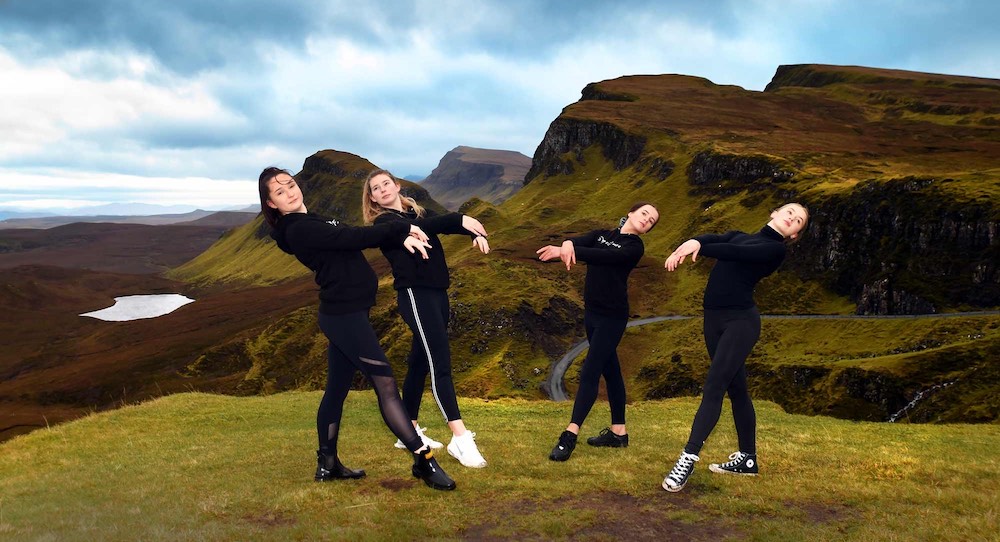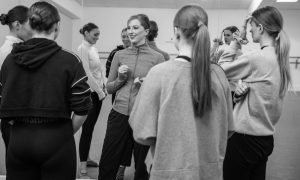“I get cheques for class fees sent to me, addressed to ‘The Shetland Ballet Teacher.’ Just that and the postie knows where it’s going!” ~ Matthew Lawrence
A quick foray into dance opportunities on the many small islands surrounding mainland UK shows an abundance of choice. What is dance life like for teachers and students who live and train on these islands?
A 14-hour ferry roughly 200 miles north from Aberdeen, Scotland, will take you to the Shetland Islands, home to the Shetland Community School of Ballet, run by Matthew Lawrence.
Lawrence danced with the Royal New Zealand Ballet, worked with The Krefeld Vereingte Städtische Oper Ballett in Germany, and moved to Shetland in 2005, where he was encouraged by a local to start teaching.
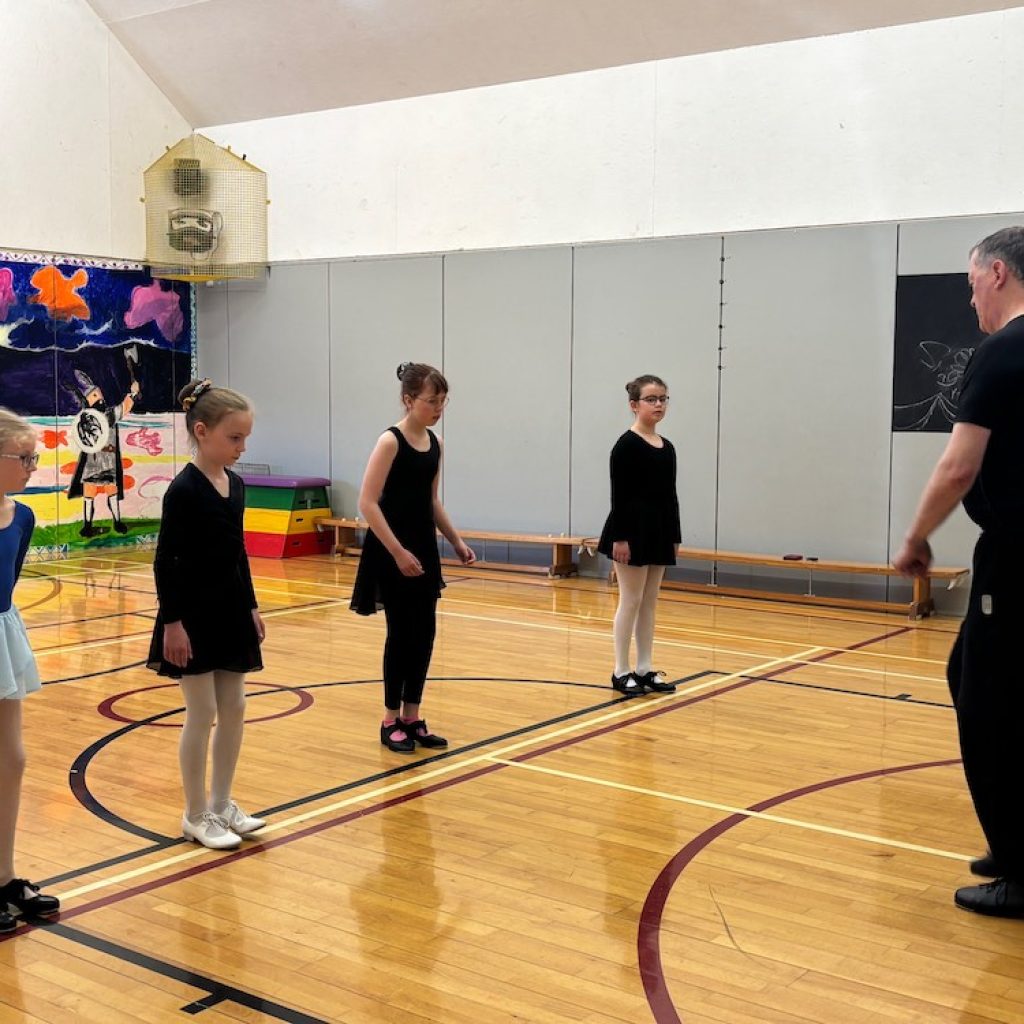
“I teach children from four to 17/18, when they tend to leave to go to university on the mainland,” Lawrence explains. “They often come back to do classes in the holidays. I teach ballet to provide fun, stimulation, and to develop confidence and good mental health; important considering we live in a very tight-knit close community, sometimes cut off from the mainland during the winter. Exams are not practical for us, but I encourage students to use their ballet training to help their academic studies. Venue hire is not cheap because electricity bills are quite high here. When we do a performance – usually once a year – we use a charming little historical theatre called The Garrison Theatre.”
The Community School have not done any performances off-island due to travel logistics, and Lawrence relies on online resources as a teacher. However, an exciting opportunity has arisen, which they have been fundraising for.
“Tap is my passion, and myself, 10 of my older students and their parents have been invited to Koblenz in Germany in July, to take part in a week-long workshop for 100 students,” Lawrence says. “Forty-plus German students will be taking my tap workshop. We hope it will be a reciprocal arrangement, and some German students will also visit Shetland.”
SkyeDance is a registered charity run by Dance Officers Allison MacDonald and Rebecca MacLeod, who deliver classes in their studio in Portree, on the Isle of Skye – the most northerly of the Inner Hebrides islands. They also teach in communities around the island – with caution as outreach spaces are not always dance-friendly, such as having concrete floors. SkyeDance also lead an intergenerational project with primary-aged dancers visiting Skye care homes to perform and interact, helping prevent loneliness in a rural location.
“There are limited opportunities for further training here,” say MacDonald and MacLeod. “And it’s expensive to travel to watch or participate in shows, but our work brings communities together and improves physical and mental health – our students are always grateful for dance opportunities. It’s inspiring when guest dancers or choreographers visit the island.”

Below Skye, on the west coast of Scotland is The Isle of Mull, where Janine Allen runs Mull Ballet for adults.
“I’m most proud of my floor-barre classes, as they’re attended by a mix of people including those who I would not normally get into a standard ballet class,” Allen explains. “I love the reach of ballet as a pure form of exercise, and ages range from mid-30s to late-70s.”
Since moving to Mull 13 years ago, Allen – a Royal Academy of Dance (RAD), Progressing Ballet Technique (PBT) and Diverse Dance Mix (DDMIX, created by Darcey Bussell) teacher, has run DDMIX sessions at several Mull primary schools, beginner and experienced ballet courses for adults, and has co-led chair dance at sheltered housing on the island.
It’s a busy island for dance. Andi Stevens is Head of Creative Learning, based at Tobar and Mull Theatre, and teaches ages three through 93 in ballet, folk, contemporary, tap, and creative dance for people with Parkinsons and Dementia. Often collaborating with Allen, they are currently funded by Creative Scotland to create a new piece for their company, Tidal Dance, about island-life resilience.
Further down the West Coast, Mari-Louise Britz leads a thriving dance community on the Isle of Man. Although there might be difficulties, she points out that it is still possible to succeed with a dancing career.
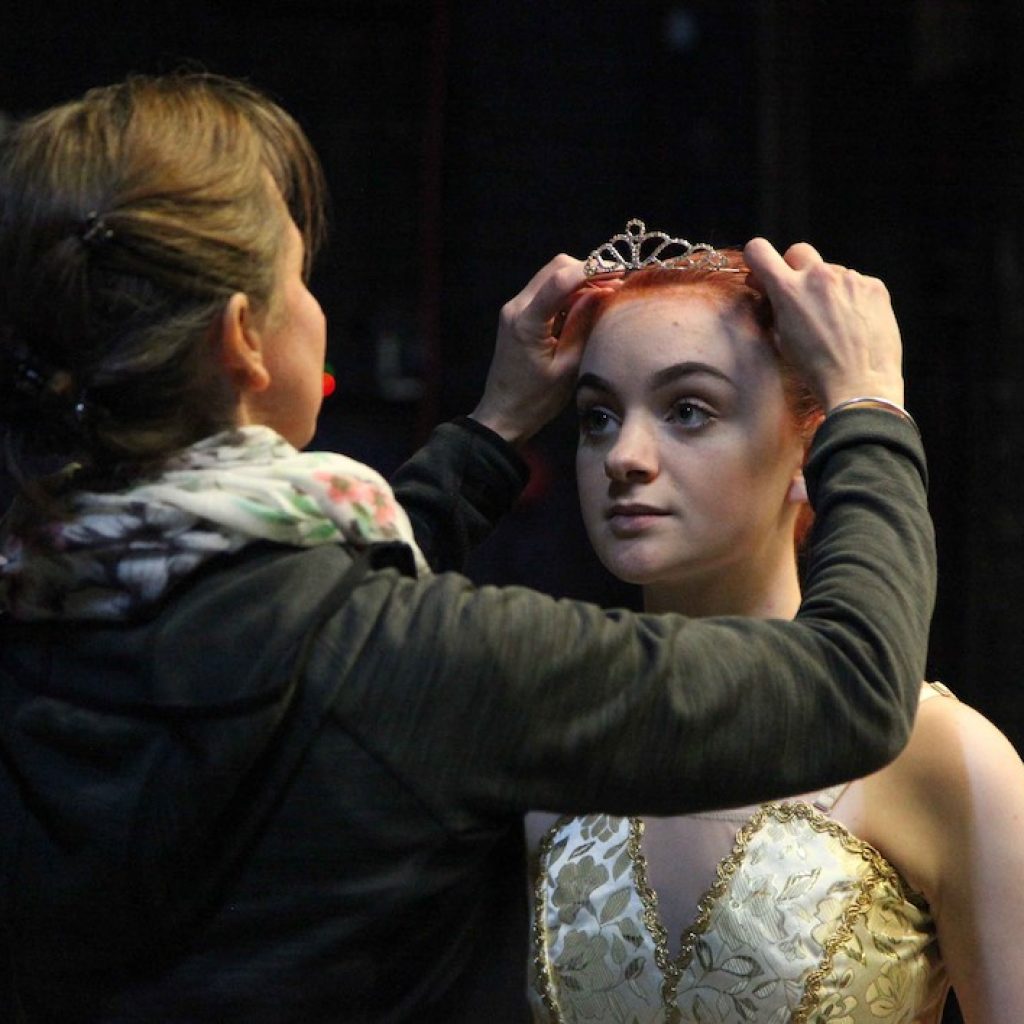
“We provide foundation training,” Britz says. “Those who wish to pursue a dance career do need to go off-island to access vocational training. It’s a big adjustment for them, never having had exposure to the wider dancing world. But we’ve had students going to dance school at 16 and then dancing professionally. And students who have gone on to do dance degrees at university, or teacher training.”
Britz runs an RAD ballet school and uses a mix of live exams, with an examiner in attendance, and remote videoed exams. The school also use online teacher training opportunities. She highlights the isolation and difficulty of network-building in the wider dance community, plus restricted exposure to summer schools and competitions, which she feels can affect her dancers’ training and mindset. Even with support from the Isle of Man Arts Council, opportunities are limited, with the cost of any event, plus travel and accommodation to take into consideration.
Nearly 400 miles south, The Isle of Wight, a few miles off southern England is where the Starlight Academy train in their purpose-built studio, led by studio owner Mary Bowdery.
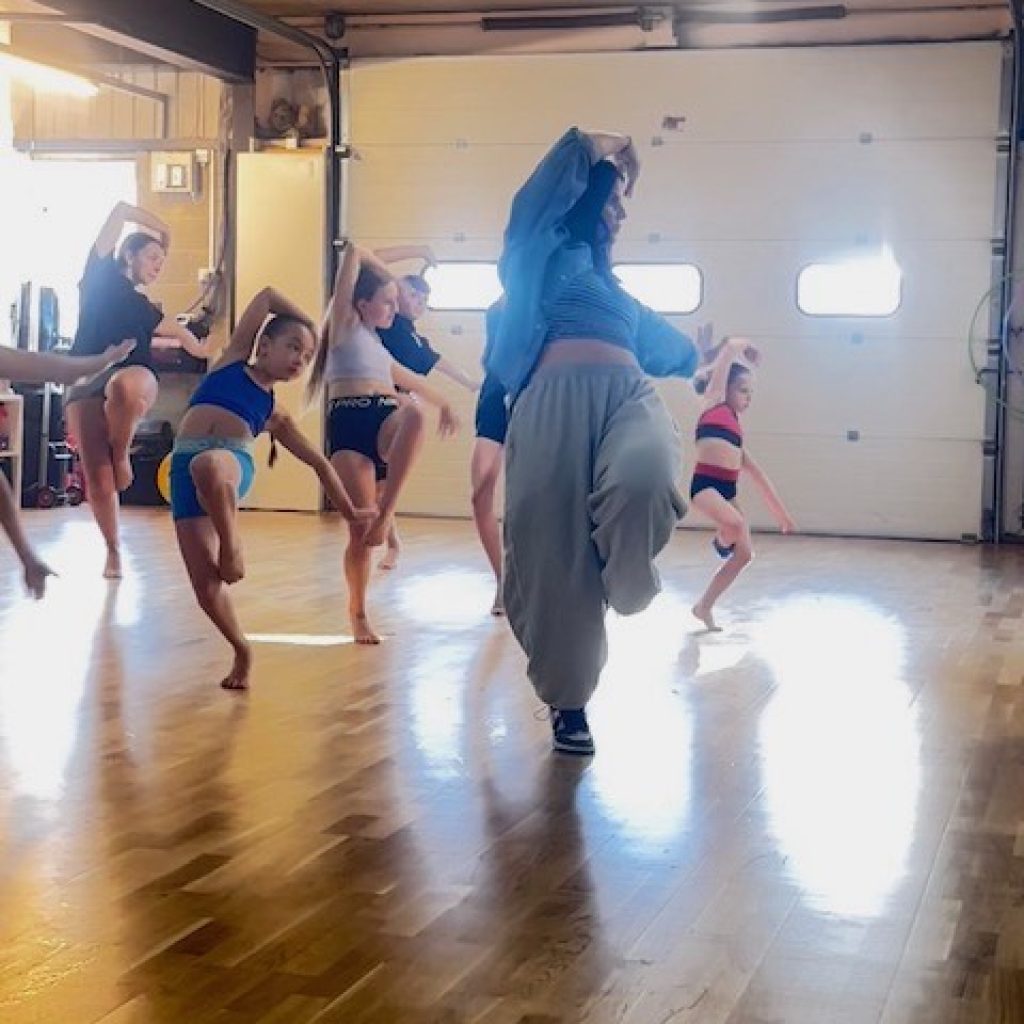
“Living and working on the Island brings a unique set of challenges,” Bowdery reveals. “Remote exams are sometimes necessary, and finding cover teachers can be tricky. We’re incredibly grateful for Red Funnel Ferries who sponsor our travel to mainland dance competitions. We love being part of the vibrant Isle of Wight community and are honoured to perform at a variety of events from the Isle of Wight Festival to the County Show and carnivals. We also take part in the Isle of Wight Music, Dance and Drama Festival, which even attracts mainland schools hoping to qualify for All England.”
Further south still, in the English Channel, lies Guernsey, accessible from the UK via ferry or plane and bustling with dance activity. Rhianna King is Principal of The Dance Academy and holds full school performances biennially. King moved to Guernsey in 2011, and took over the Imperial Society of Teachers of Dancing (ISTD) school in 2012.
“Examiners come and tour all the island dance schools, as well as nearby Jersey,” King explains. “But if we have a small number of students, then we do remote exams. We are lucky there is a Guernsey Festival of Dance every other year. We have to travel off-island for further competition experience which can make this aspect of dance unaffordable for many.”

Avril Earl also enters the Guernsey Dance Festival and offers an extensive programme of dance training on Guernsey.
“It’s very inclusive and all children are given the opportunity to perform,” Earl says. “Our dancing year as a school is very busy, particularly for children in our Elite Squad who attend at least three off-island competitions per year. For those keen and dedicated dancers, we believe it is important to get off-island, to see what the wider world has to offer and to compete against dancers they don’t know from other schools. We also enter students for ISTD dance exams, the Speech and Drama Eisteddford, and hold an annual summer school with visiting West End professional tutors. We have our own studio theatre, so we are able to stage productions throughout the year.”
A wealth of talent and provision is clearly hiding in pockets all over the country. Britz, in the Isle of Man, sums it all up, saying, “I’m a big believer that it’s not always a bad thing if things are a bit harder to come by. It tests your passion and resolve and makes you more determined to achieve your goals. So, all in all, there are pros and cons to living and dancing on an island, just like everywhere else!”
By Louise Ryrie of Dance Informa.


